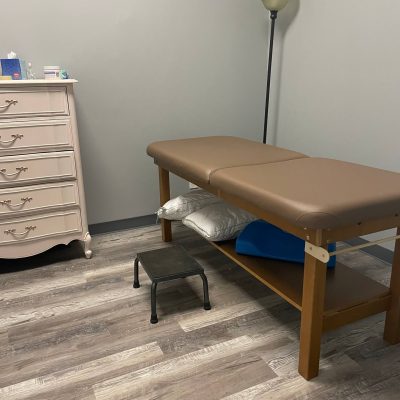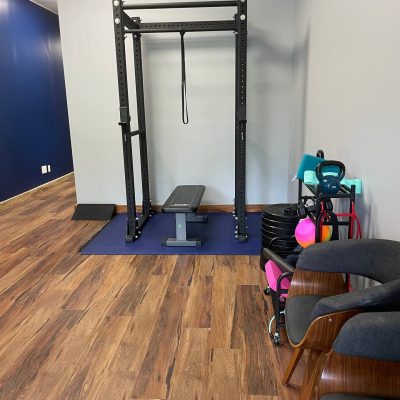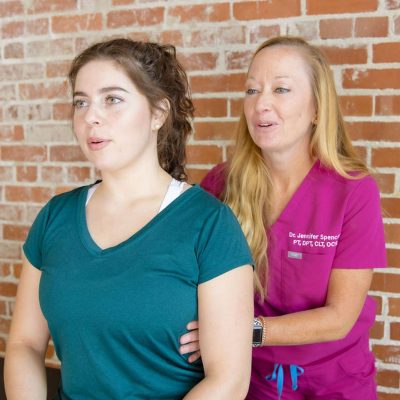A hysterectomy is a significant surgery, and the first 24 hours following the procedure are critical for setting the foundation for a smooth and optimal recovery. As a pelvic health therapist, my role is to ensure that patients not only heal properly but also regain their strength, mobility, and pelvic health in a holistic and effective manner. Day one post-hysterectomy is all about initiating gentle recovery strategies that promote healing, prevent complications, and encourage the body to begin the process of repair.
Understanding the Procedure and its Impact
A hysterectomy is the surgical removal of the uterus and, in some cases, other reproductive organs such as the ovaries and fallopian tubes. This surgery may be performed for various reasons, including fibroids, endometriosis, cancer, or chronic pain. While the procedure can be done through different surgical methods (abdominal, laparoscopic, or vaginal), the first day post-operation typically involves managing pain, minimizing swelling, and starting early mobility to reduce the risk of blood clots and other complications.
The pelvic region is significantly affected during a hysterectomy. Muscles, connective tissue, and nerves in the pelvic area may undergo stress or trauma, leading to initial discomfort. The body will need time to heal, and the first day is essential for introducing key recovery strategies in a safe and gradual manner.
Immediate Post-Surgical Care
In the hospital, the medical team will monitor vital signs closely, ensuring that there are no immediate complications such as excessive bleeding or infection. Pain management is a primary concern, and medications will be provided to keep discomfort at bay. However, even with medications, it’s important to implement gentle movement and breathing strategies early on to support the healing process.
Pain Management
Pain on Day 1 post-hysterectomy is expected, but it should be managed effectively. In addition to medications, a pelvic health therapist may recommend the following:
- Breathing exercises: Deep, diaphragmatic breathing helps to calm the nervous system, decrease pain perception, and promote relaxation. Gentle breathing exercises also encourage proper lung function, which is crucial after surgery to prevent respiratory complications. Here is a short video example (this can be performed in the bed, while lying on your back or reclined, with your knees bent): https://www.youtube.com/shorts/n5MezZ_wRfA
- Positioning for comfort: Proper body positioning is vital to reduce pressure on the incision site and improve comfort. Lying with pillows supporting the legs, lower back, and abdomen can help reduce strain on the pelvic area.
Early Movement and Circulation
One of the most important goals on the first day is to encourage blood circulation to reduce the risk of blood clots (deep vein thrombosis or DVT). The pelvic health therapist will work with the medical team to encourage safe, gentle movement.
- Ankle pumps and foot circles: These simple exercises involve flexing and pointing the toes or making circular motions with the feet. They help promote blood flow in the legs, which is essential for preventing clot formation.
- Leg slides: If tolerated, sliding one leg at a time up and down the bed helps activate the leg muscles without putting strain on the incision area.
- Getting out of bed: With assistance, getting up and sitting at the edge of the bed for a short time can help restore a sense of balance and encourage mobility. Depending on the individual’s progress and the type of surgery performed, walking a few steps with support may also be initiated. However, this is usually limited on Day 1 to avoid overexertion. Also, try to make it a habit to exhale with all transitional movements; do not hold your breath which creates increased abdominal pressure. Here is a video example: https://youtu.be/4az0xCpKA8I?si=coI3S5r_3HZztq0m
Pelvic Floor Awareness
Although the primary focus on Day 1 is general recovery and mobility, it’s never too early to start thinking about pelvic floor health. A hysterectomy can impact the pelvic floor muscles, and it’s important to become aware of this area early in the healing process.
- Pelvic floor relaxation: Instead of performing Kegel exercises immediately, the focus should be on pelvic floor relaxation. The muscles may be tight or sore following surgery, and learning to release tension is crucial. Gentle breathwork with a focus on releasing any tension in the pelvic region can promote healing.
- Body scanning: A pelvic health therapist may guide the patient through a body scan, a mindfulness technique that helps increase awareness of different body parts, especially the pelvic area. This awareness can be useful in identifying areas of tension or discomfort and addressing them through relaxation techniques.
Nutrition and Hydration
Proper nutrition and hydration play a vital role in the healing process. On Day 1 post-hysterectomy, patients may still be on a liquid or soft food diet, depending on how the digestive system is responding to the anesthesia and surgery. A pelvic health therapist emphasizes the importance of hydration to prevent constipation, which can put unnecessary pressure on the pelvic region.
- Preventing constipation: To minimize strain on the pelvic floor and abdominal muscles, stool softeners may be prescribed. It’s also important to drink plenty of water and consume foods that are gentle on the digestive system to support bowel movements without causing stress to the incision site.
Emotional Well-being and Rest
Recovering from a hysterectomy is not just a physical process but an emotional one as well. On the first day post-surgery, it’s natural for patients to experience a range of emotions, including relief, anxiety, or even sadness, especially if the surgery involved removing reproductive organs. Pelvic health therapists take a holistic approach to recovery, addressing the emotional and psychological aspects of healing as well.
- Encouraging rest: While early movement is crucial, so is rest. The body needs time to heal, and sleep is a key component of recovery. A quiet, calm environment that promotes sleep is beneficial, and patients should be encouraged to rest as much as needed on Day 1.
- Mindfulness and relaxation: Incorporating mindfulness techniques, such as deep breathing or meditation, can help patients stay calm and centered. This also aids in pain management and emotional well-being.
Setting Expectations for Recovery
The first day post-hysterectomy is just the beginning of a longer journey to recovery. A pelvic health therapist will emphasize that healing takes time and that it’s essential to listen to the body’s signals. While some discomfort and fatigue are normal, patients should be encouraged to report any unusual symptoms, such as excessive bleeding, swelling, or pain that isn’t well-managed by medications.
As the days progress, a pelvic health therapist will play a key role in guiding the patient through pelvic floor rehabilitation, core strengthening, and returning to daily activities in a safe and structured manner. Day 1, however, is about laying the groundwork for optimal healing, minimizing complications, and promoting a holistic approach to recovery that integrates both physical and emotional well-being.







